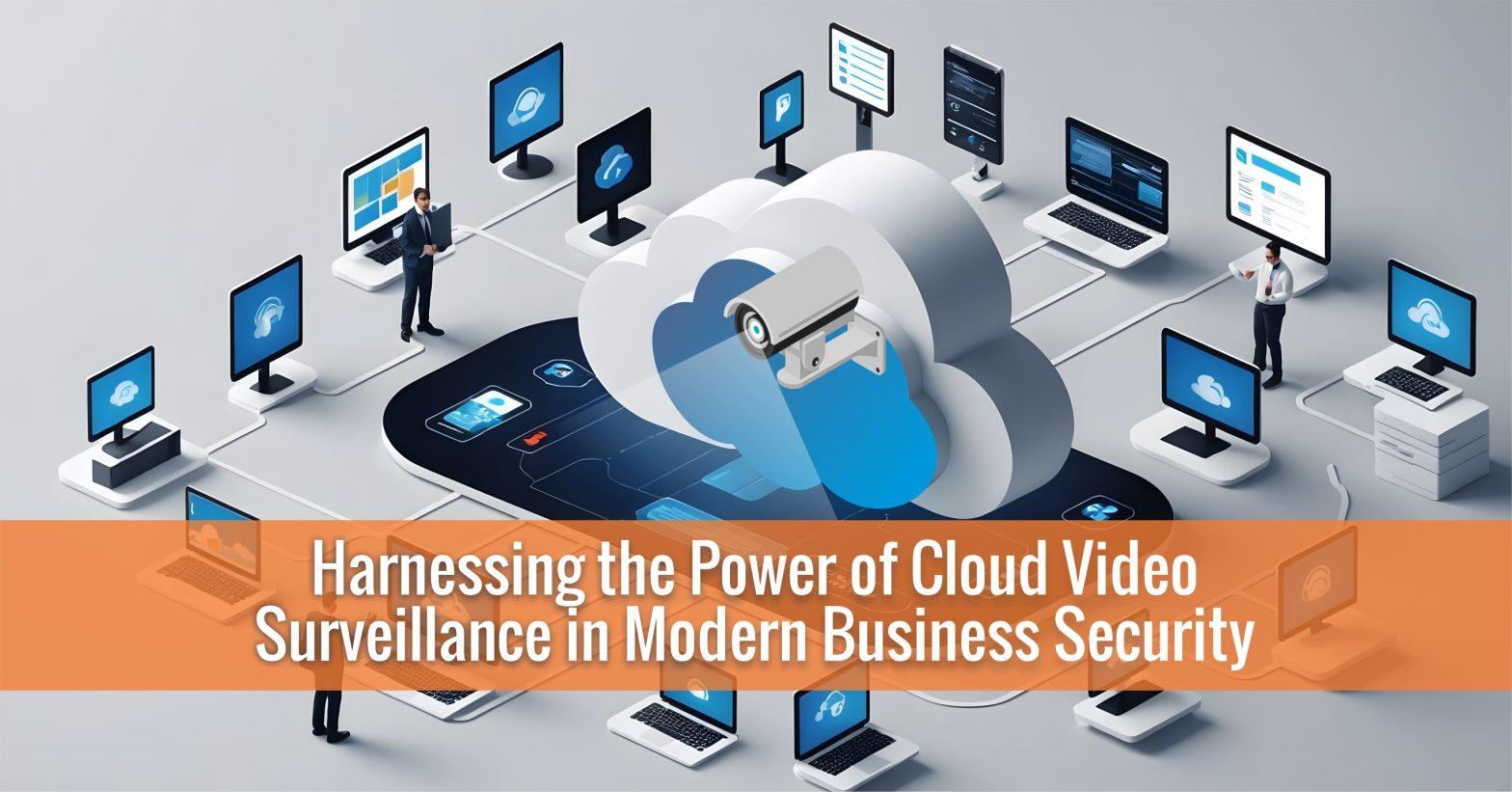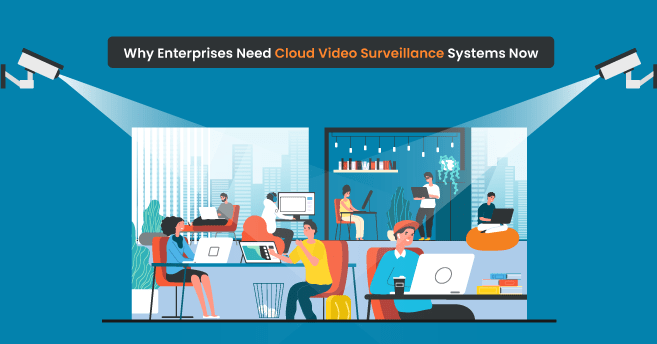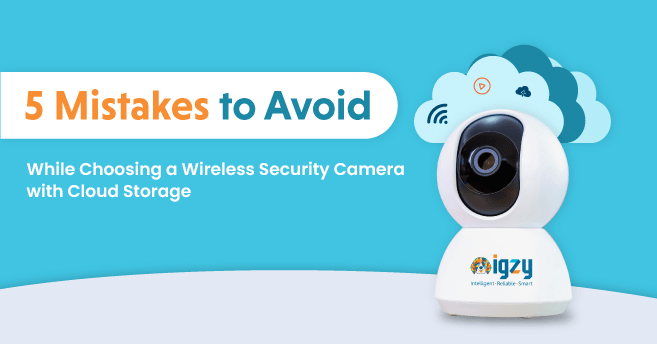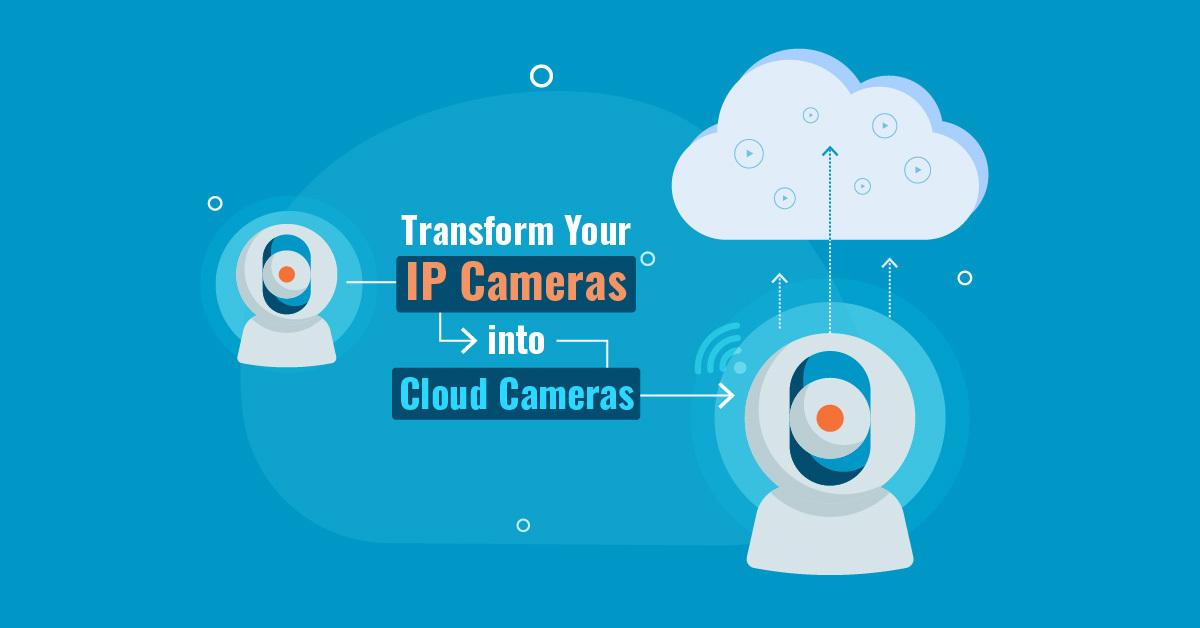Benefits of cloud video recording service

Table of Contents
The adoption of cloud-based video recording service has taken a surge in recent times because of some significant benefits such as storing recorded videos to the cloud for remote access, multi-site integration and protection of evidence from device tampering. 93 percent of businesses have now adopted cloud solutions.
In contrast to the traditional video management systems, cloud-based video management automatically relays the data captured by the cameras to a cloud server, allowing access to live footage on a remote platform making it an effective choice for video management. Unlike DVRs and NVRs, cloud video recording provides a seamless approach to video storage, eliminating the limitations of limited storage capacity and high operational costs that are common in other video management systems.
A wide range of cameras connected with the cloud can store on-camera recordings on the cloud with the help of a network. The network plays a critical part in cloud video recorders. As long as there is a network, users can view, and play the videos that have been recorded on the cloud. Once the cameras are configured to the cloud, users can view footage of any camera, playback, download, and retrieve videos from a remote platform.
Key features and benefits of a cloud video recording service
Adding cameras
Cloud-based video management systems can support multiple analog and IP cameras. After the installation, cameras can be configured on the cloud, and can be accessed on a web dashboard that provides the status of cameras that are installed at various locations, video access and footage retrieval.
Secure storage
A cloud video recording service relays on-camera recordings to the cloud server and secures footage in the database that can be accessed easily by authorized users from anywhere. It prevents loss of critical footage and evidence due to device tampering or system failure as the videos are instantly secured off-site and once they are off-site, there is no risk of damage to the footage.
Remote access
A platform to view locations of multiple cameras installed at different sites and get better access to footages. It saves a lot of time in retrieving a video of a former instance by access to the database from a remote location and provides the ability to monitor sites remotely on any platform with the login details.
Footage retrieval
The process of finding a footage becomes easier with a unified platform that provides videos of multiple cameras single point to access and retrieve footage remotely. Footage can be easily be identified through a date, time, and location input, users can withdraw instance-based videos in minimal time and effort.
Firmware update
The service provider sends automatic updates for firmware through the internet to the on-site appliance saving time and cost, and upgrading the system with latest advancements.
Health updates
If any of the cameras that are connected to the server is not working or goes offline, the platform receives a notification that something is wrong. Instant alerts help reduce extended device downtime.
Self-service
Unlike traditional video management systems, cloud service provides users the ability to automatically adjust and set capabilities through the platform without any required interaction with the service provider.
Removes single-point failure
Unlike NVRs where all the cameras have to go through NVR, there is a huge risk of the entire site going down. In a cloud solution, direct communication to the cloud server prevents hardware failure and all the sites from going completely offline.
Scalability
To manage and access data coming from multiple devices on one platform is a common challenge for traditional NVRs. Modern NVRs do provide single point access but it is limited to only one app for a device. The cloud service provides a solution to this with a scalable platform that can configure multiple devices on the same platform.
Conclusion
Cloud video recording service is a well-established trend in the industries now. It ensures secure storage of critical surveillance footage from multiple cameras in a single location. It provides hassle-free and time-saving video access and retrieval with a unified platform that can manage a large number of cameras. The platform provides live status and health checks of cameras for updates. With such benefits on hand, cloud video recording service meets all the challenges that traditional systems posed and is considered to be an efficient and reliable approach for video management with multi-site integration and system health alerts.





